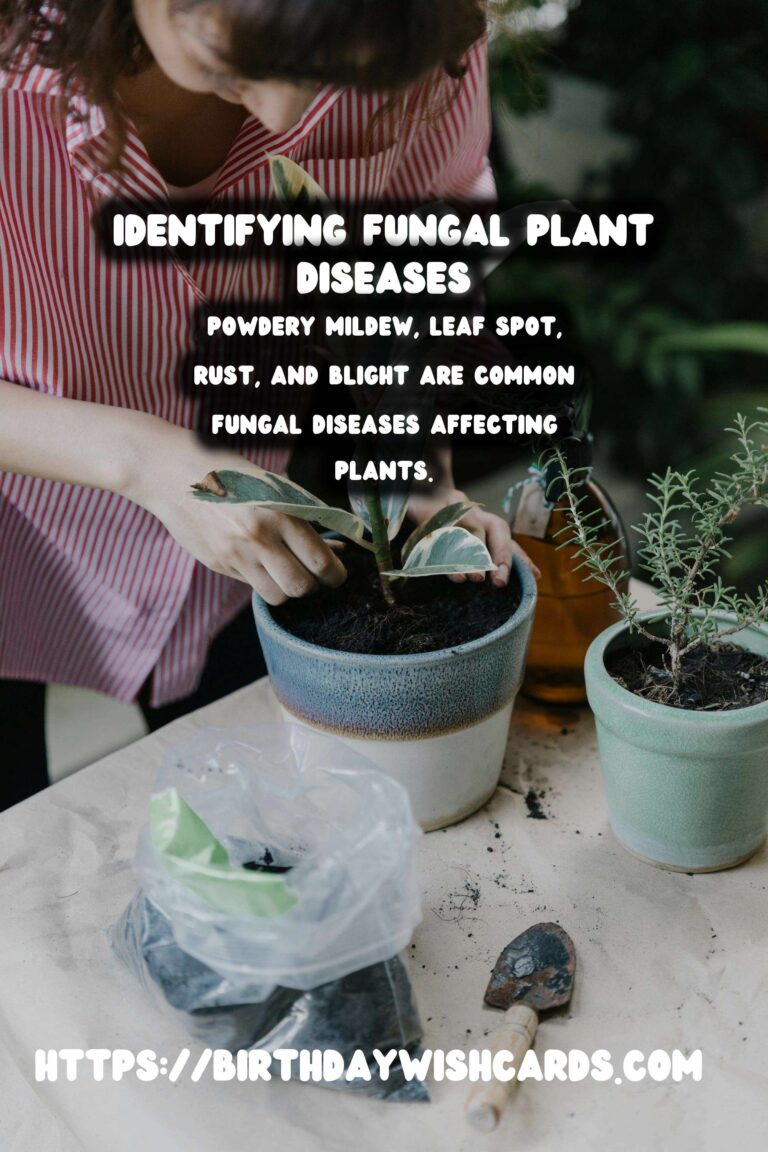
Plants are an integral part of our ecosystem, providing oxygen, food, and beauty to our environment. However, they are susceptible to various diseases, with fungal infections being among the most common. Understanding these fungal issues is crucial for maintaining healthy plants.
What Are Fungal Plant Diseases?
Fungal plant diseases are caused by fungi, which are microscopic organisms that thrive in warm, moist environments. They can affect all parts of a plant, including the leaves, stems, roots, and fruits. Fungi reproduce by releasing spores into the air, which can land on plants and cause infections.
Common Fungal Diseases in Plants
Several well-known fungal diseases affect plants. Some of the most common include:
- Powdery Mildew: This disease appears as white powdery spots on leaves and stems, usually thriving in dry conditions.
- Leaf Spot: Characterized by brown or black spots on leaves, leaf spot can lead to defoliation if not treated.
- Rust: Rust causes orange, yellow, or brown pustules on leaves and stems, weakening the plant over time.
- Blight: Blight can affect leaves, stems, and fruits, causing them to die and decay quickly.
Identifying Fungal Issues
Identifying fungal infections early is crucial for effective treatment. Look for signs such as discoloration, wilting, unusual spots, and moldy growths. Regularly inspecting your plants can help you catch these signs early.
Preventing Fungal Diseases
Prevention is the best way to keep plants healthy. Here are some tips:
- Proper Watering: Avoid overwatering and water plants at the base to keep leaves dry.
- Good Air Circulation: Space plants appropriately to ensure good air flow, reducing fungal growth.
- Hygiene: Remove dead or infected plant material promptly to prevent the spread of spores.
- Resistant Varieties: Choose plant varieties known for their resistance to fungal infections.
Treatment Options for Fungal Diseases
If your plants are already infected, there are several treatment options available:
- Fungicides: Chemical fungicides can be effective but should be used as a last resort due to their environmental impact.
- Natural Remedies: Solutions like neem oil or baking soda can help control fungal infections without harming the environment.
- Pruning: Removing infected parts of the plant can prevent the disease from spreading.
By understanding and identifying fungal plant diseases, you can take proactive steps to protect your plants and ensure they continue to thrive.
Plants are susceptible to various diseases, with fungal infections being among the most common. Fungal plant diseases are caused by fungi, microscopic organisms thriving in warm, moist environments. Powdery mildew, leaf spot, rust, and blight are common fungal diseases affecting plants. Preventing fungal diseases involves proper watering, good air circulation, and plant hygiene. Treatment options include fungicides, natural remedies, and pruning infected parts. 
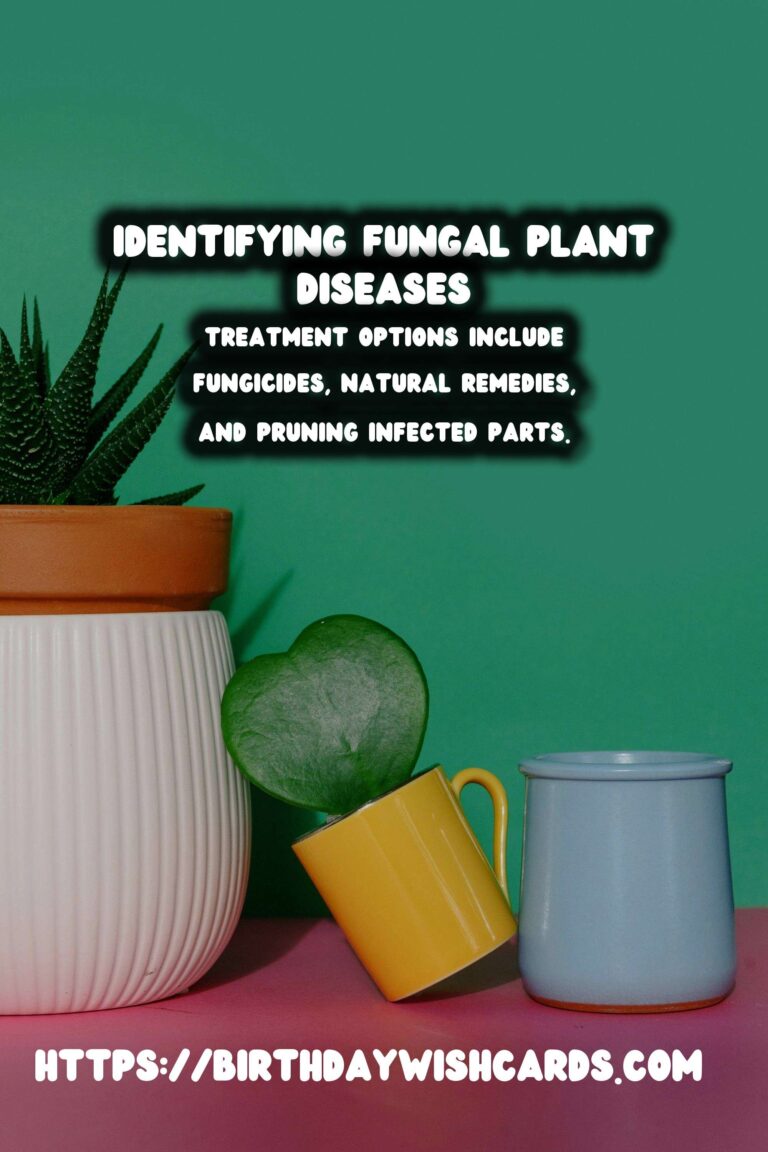
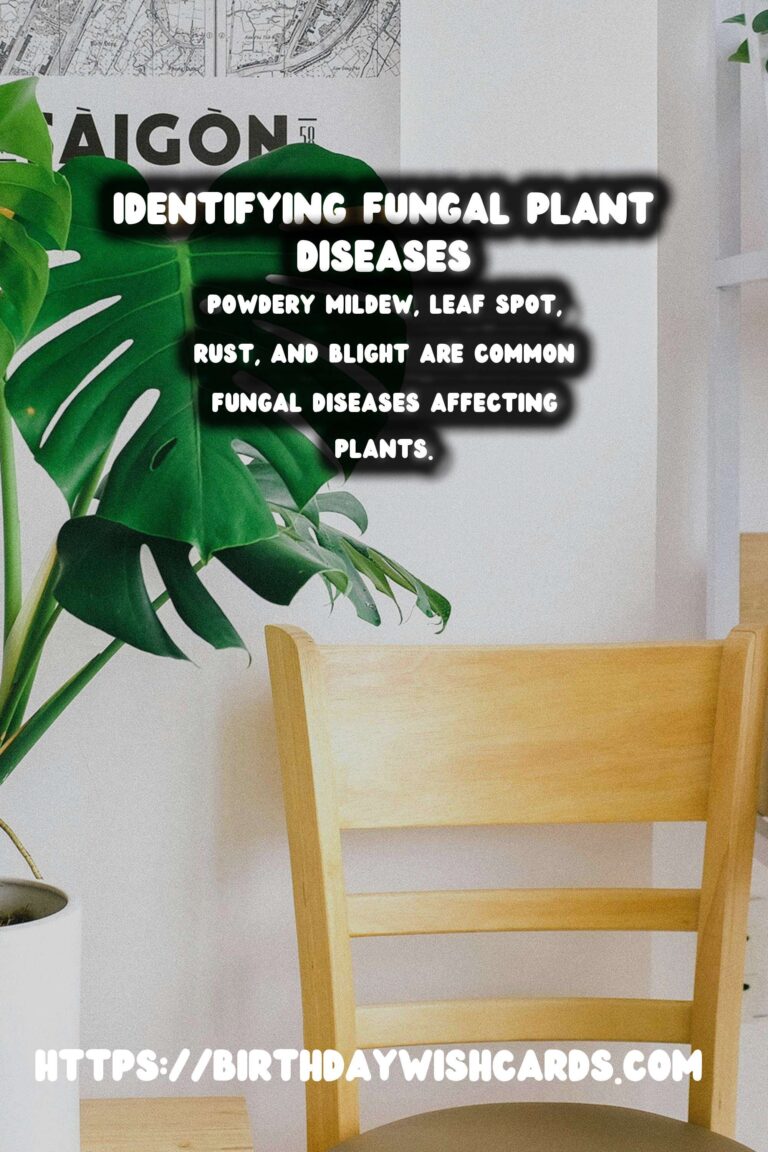
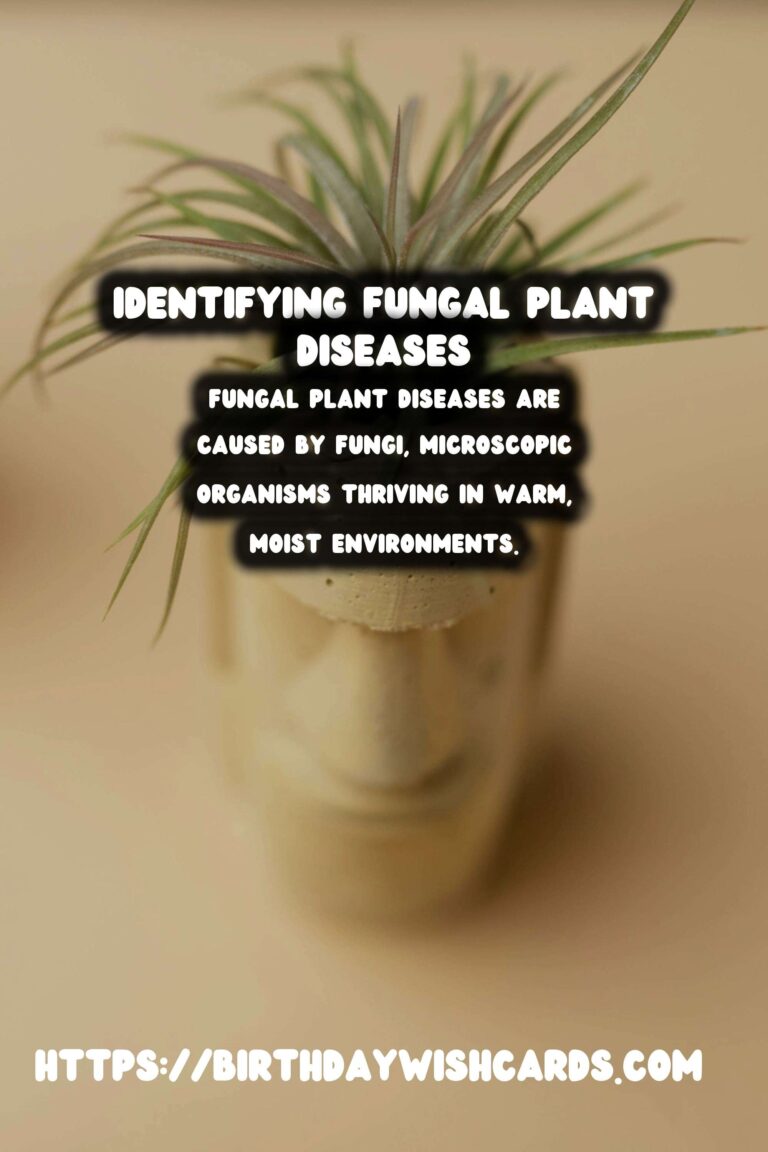

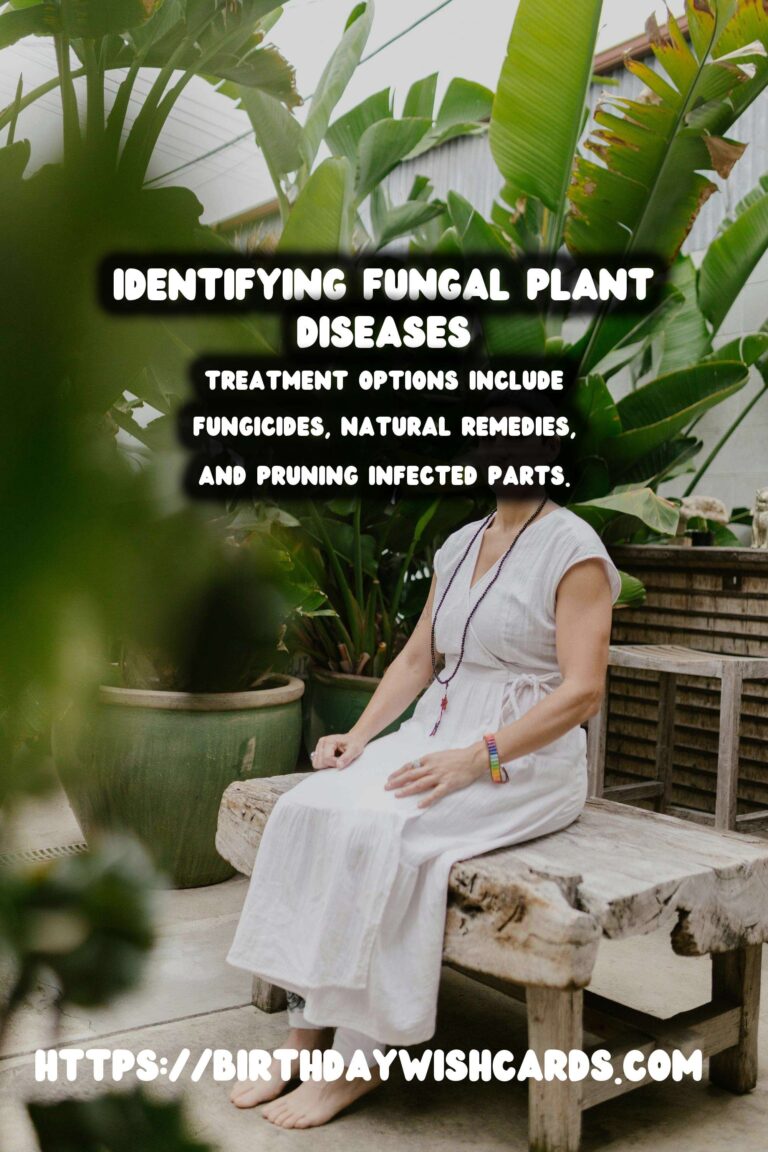
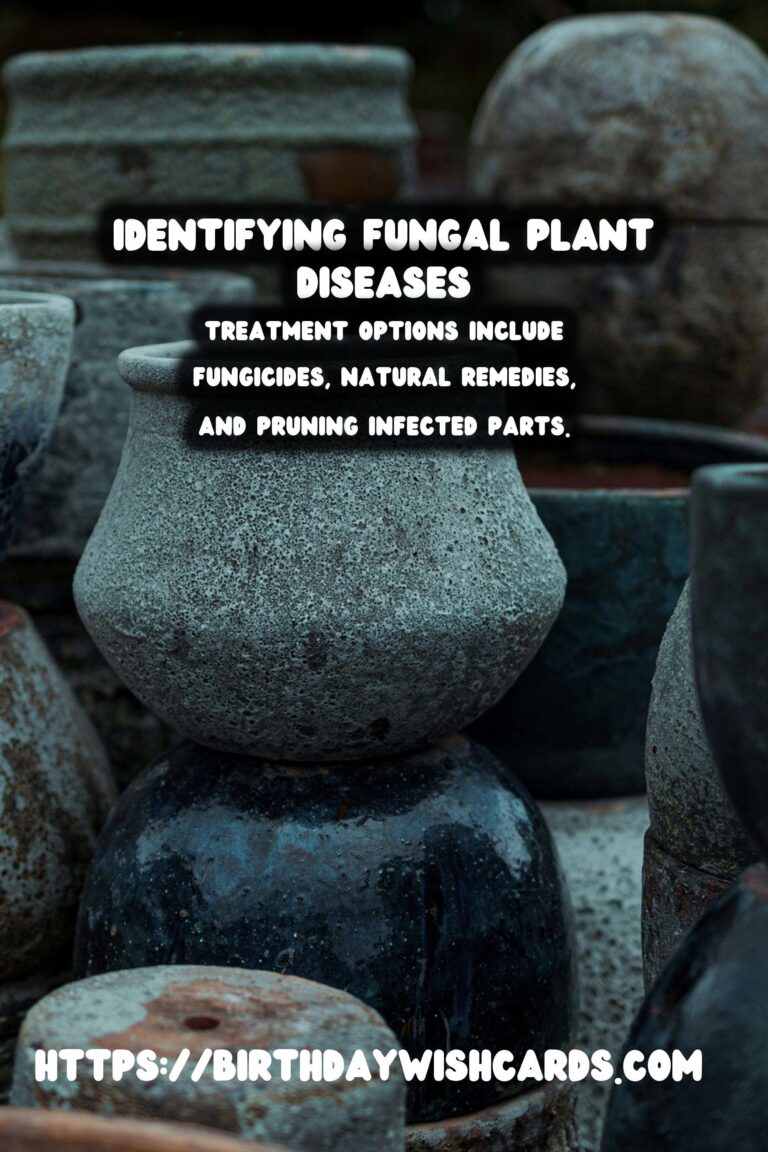
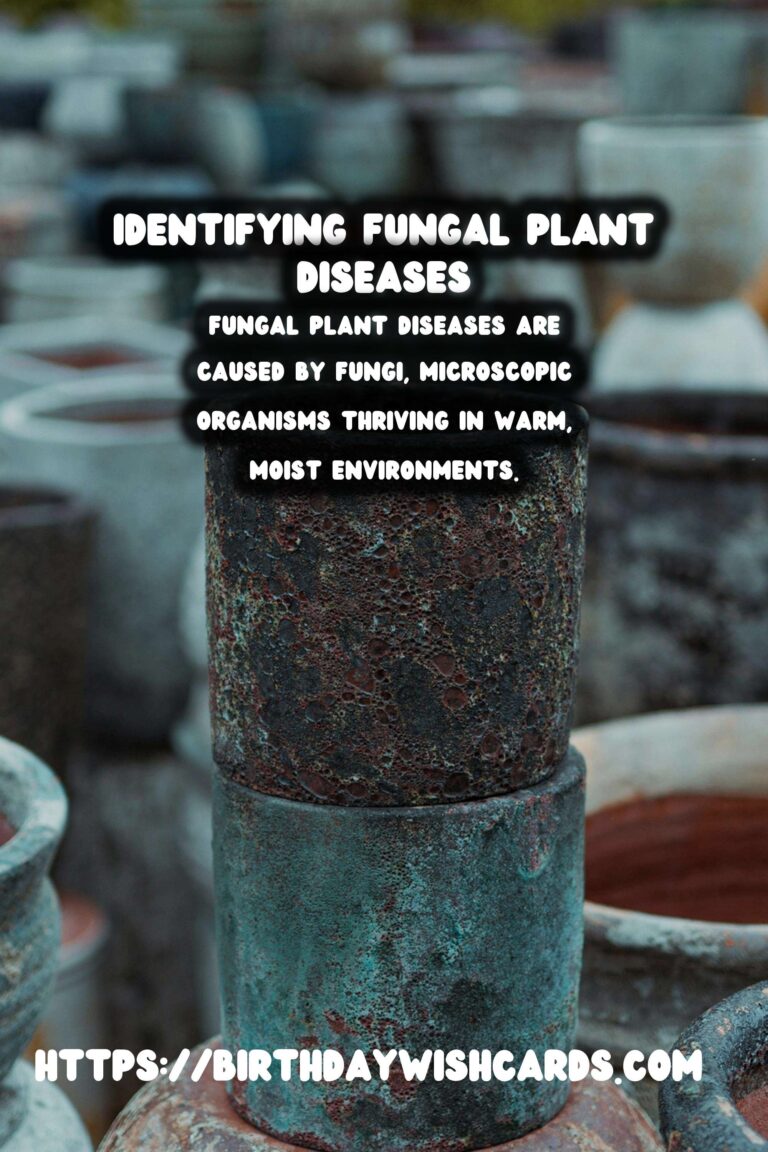
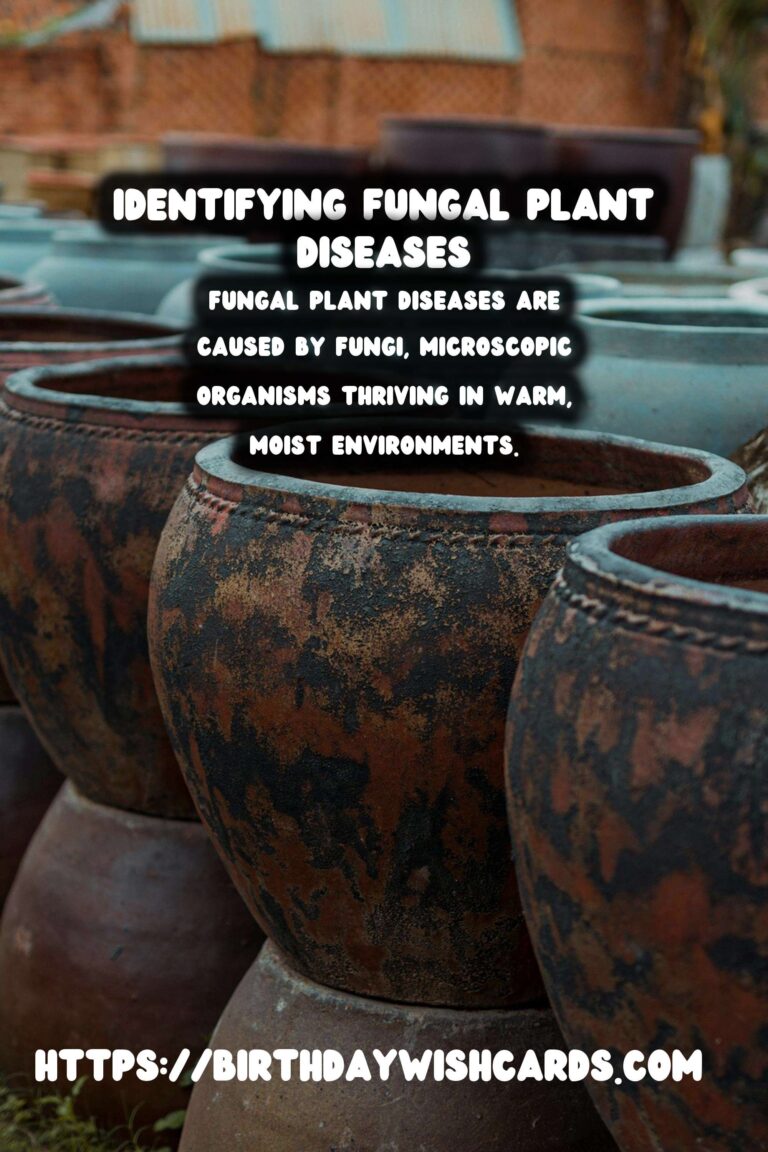
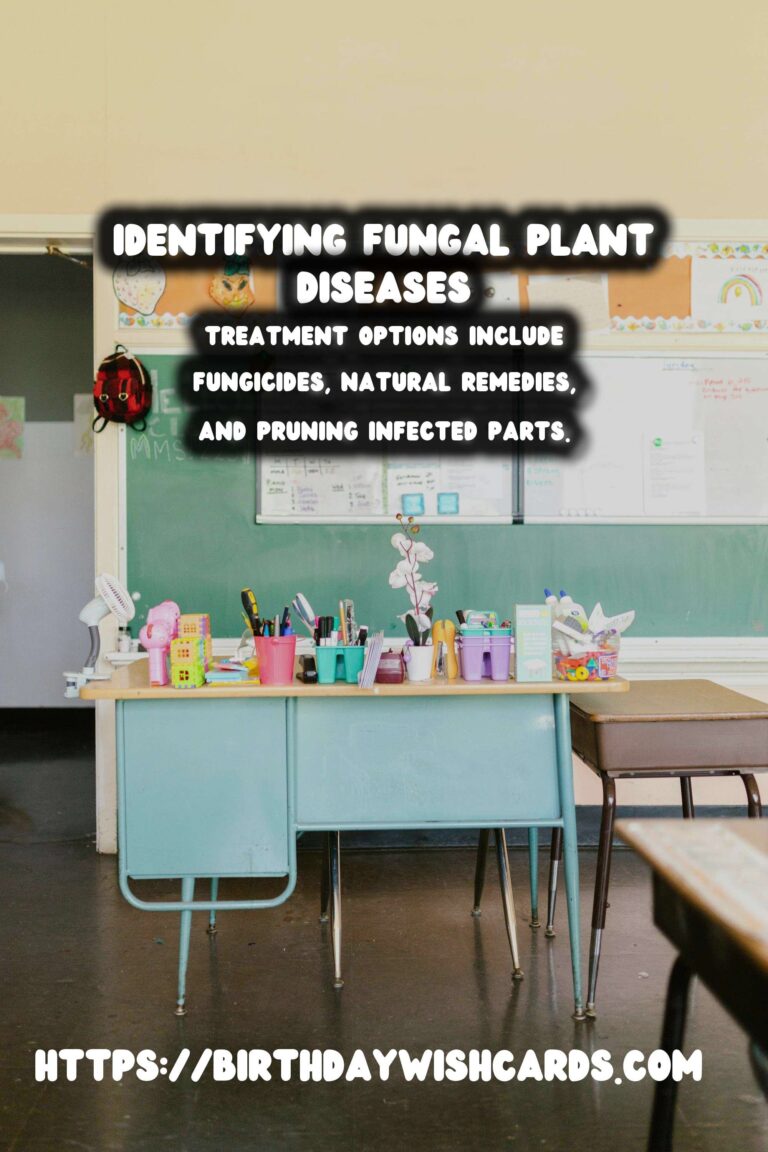
#PlantDiseases #FungalInfections #GardeningTips #PlantCare




